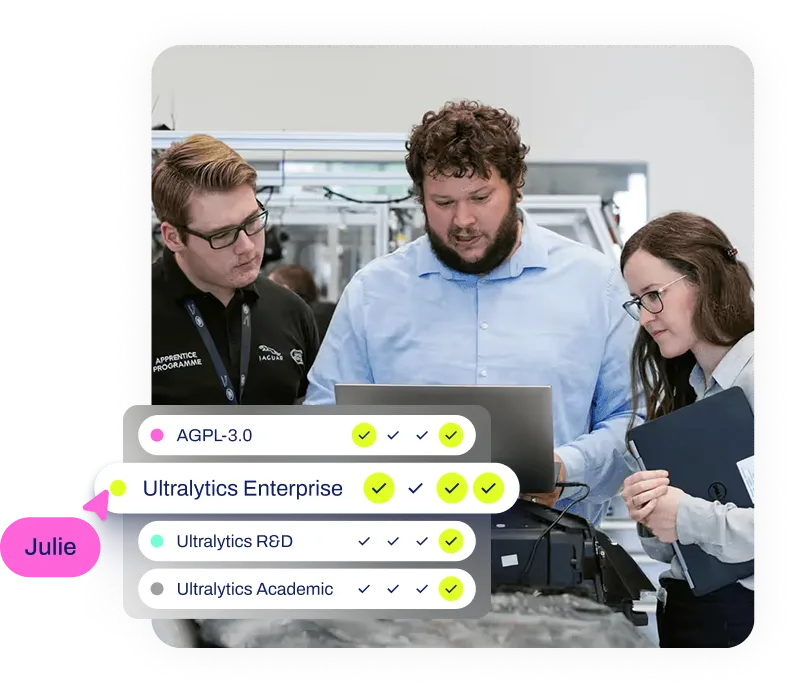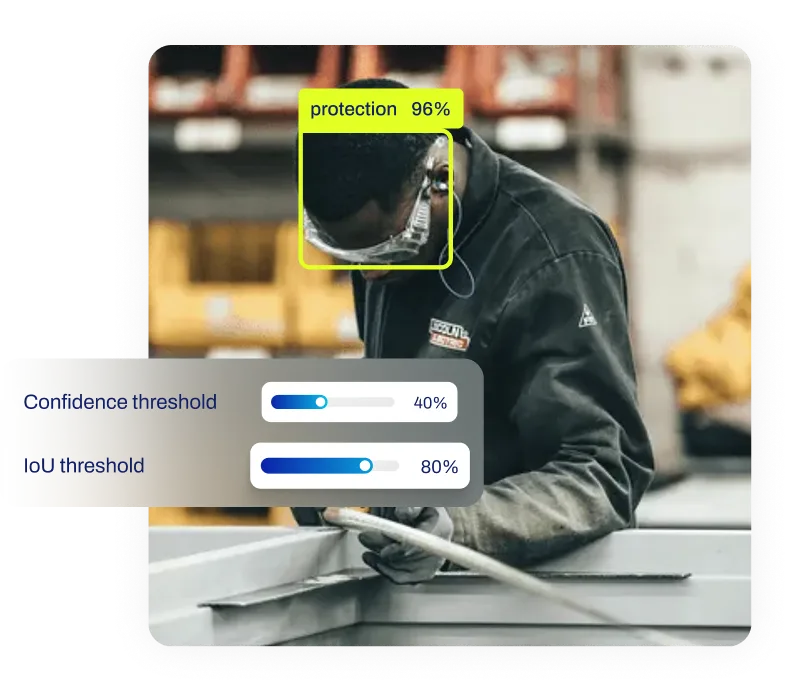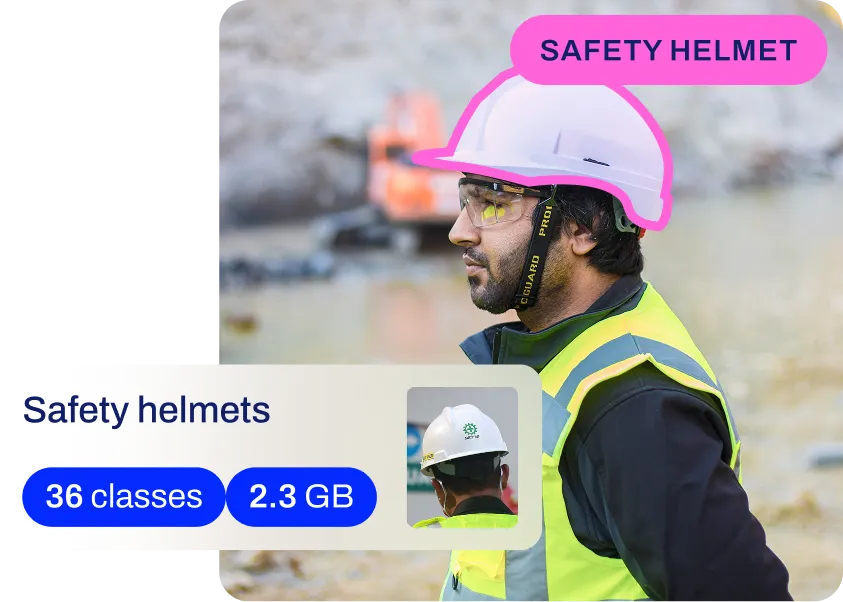Sequence-to-Sequence Models
Discover how sequence-to-sequence models transform input to output sequences, powering AI tasks like translation, chatbots, and speech recognition.
Sequence-to-Sequence (Seq2Seq) models are a fundamental class of
deep learning architectures tailored to transform
a fixed-length input sequence into a fixed-length output sequence, where the lengths of the input and output can vary
independently. This capability makes them essential for solving complex problems where the relationship between the
input and output is sequential and non-linear. Unlike standard models that map a single input to a single label,
Seq2Seq models excel at understanding context over time, powering many of the
Natural Language Processing (NLP)
applications used daily, such as translation services and voice assistants.
The Encoder-Decoder Architecture
The core framework of a Seq2Seq model relies on an encoder-decoder structure, a concept introduced in foundational
research like the
Sequence to Sequence Learning with Neural Networks paper. This
architecture splits the task into two distinct phases: encoding context and decoding results.
-
The Encoder: This component processes the input sequence item by item (e.g., words in a sentence or
frames in a video). It compresses the information into a fixed-length internal representation known as the context
vector. Traditionally, encoders are built using
Recurrent Neural Networks (RNN) or
specialized variants like
Long Short-Term Memory (LSTM)
networks, which are capable of capturing long-term dependencies in data.
-
The Decoder: Once the input is encoded, the decoder takes the context vector and generates the
output sequence one step at a time. It predicts the next item in the sequence based on the previous predictions and
the context vector. Advanced implementations often utilize an
attention mechanism to focus on specific
parts of the input sequence dynamically, mitigating the information bottleneck found in basic encoder-decoder pairs.
Real-World Applications
The flexibility of Seq2Seq models allows them to be applied across various domains beyond simple text analysis.
-
Machine Translation: Perhaps
the most famous application, Seq2Seq models power tools like
Google Translate. The model accepts a sentence in a source language
(e.g., English) and outputs a sentence in a target language (e.g., Spanish), handling differences in grammar and
sentence structure fluently.
-
Text Summarization: These
models can ingest long documents or articles and generate concise summaries. By understanding the core meaning of
the input text, the decoder produces a shorter sequence that retains the key information, a technique vital for
automated news aggregation.
-
Image Captioning: By bridging
computer vision and NLP, a Seq2Seq model can
describe the content of an image. A Convolutional Neural Network (CNN) acts as the encoder to extract visual
features, while an RNN or Transformer acts as the decoder to generate a descriptive sentence. This is a prime
example of a multi-modal model.
-
Speech Recognition: In these
systems, the input is a sequence of audio signal frames, and the output is a sequence of text characters or words.
This technology underpins
virtual assistants like Siri and Alexa.
Comparison with Related Concepts
It is important to distinguish Seq2Seq models from other architectures to understand their specific utility.
-
Vs. Standard Classification: Standard classifiers, such as those used in basic
image classification, map a single input
(like an image) to a single class label. In contrast, Seq2Seq models map sequences to sequences, allowing for
variable output lengths.
-
Vs. Object Detection: Models like
Ultralytics YOLO11 focus on spatial detection within a
single frame, identifying objects and their locations. While YOLO processes images structurally, Seq2Seq models
process data temporally. However, domains overlap in tasks like
object tracking, where identifying object trajectories over
video frames involves sequential data analysis.
-
Vs. Transformers: The
Transformer architecture is the modern evolution of
Seq2Seq. While the original Seq2Seq models relied heavily on RNNs and
Gated Recurrent Units (GRU),
Transformers utilize self-attention to process sequences in parallel, offering significant speed and accuracy
improvements.
Implementation Example
While full Seq2Seq models for translation are complex, the building blocks are accessible via libraries like
PyTorch. The following example demonstrates how to
initialize a simple LSTM-based encoder that could serve as the first half of a Seq2Seq model.
import torch
import torch.nn as nn
# Initialize an LSTM layer (The Encoder)
# input_size=10 (feature dimension), hidden_size=20 (context vector size)
encoder = nn.LSTM(input_size=10, hidden_size=20, batch_first=True)
# Create a dummy input sequence: Batch size 1, Sequence length 5, Features 10
input_seq = torch.randn(1, 5, 10)
# Forward pass processing the sequence
output, (hidden_state, cell_state) = encoder(input_seq)
# The hidden_state represents the 'context vector' for the sequence
print(f"Context Vector shape: {hidden_state.shape}")
# Output: torch.Size([1, 1, 20])
For those interested in exploring sequence tasks within computer vision, such as tracking objects through video
frames, exploring Ultralytics tracking modes provides a
practical entry point. To deepen your understanding of the underlying mechanics, the
Stanford CS224n NLP course offers comprehensive materials on
sequence modeling and deep learning.












